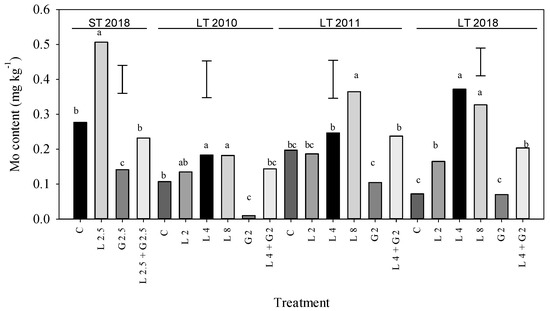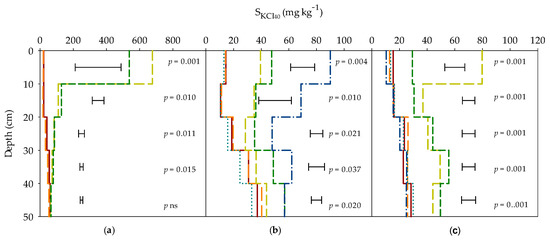BuckeyeGreen
Active member
I’ve met Linda, been to several of her seminars and seen her reclamation projects where she and her group turned destroyed sites into beautiful, lush sites. She is very knowledgeable, open minded and willing to investigate anything to do with plant life.
Her book, How Plants Work is excellent. If what she says about gypsum bothers you, don’t get her started on, foliar feeding, compost teas etc. You won’t like it.
You can find pdfs she has done on many gardening topics and myth busting here:

 puyallup.wsu.edu
puyallup.wsu.edu
Her book, How Plants Work is excellent. If what she says about gypsum bothers you, don’t get her started on, foliar feeding, compost teas etc. You won’t like it.
You can find pdfs she has done on many gardening topics and myth busting here:

Linda Chalker-Scott | Washington State University
Horticultural Myths Looking for the newest myth-information? Check out our blog The Garden Professors. You’ll find science-based information from four horticultural professors from around the country. Fertilizers The Myth of Beneficial Bone Meal (pdf) The Myth of Vitamin Shots (pdf) The Myth of...






